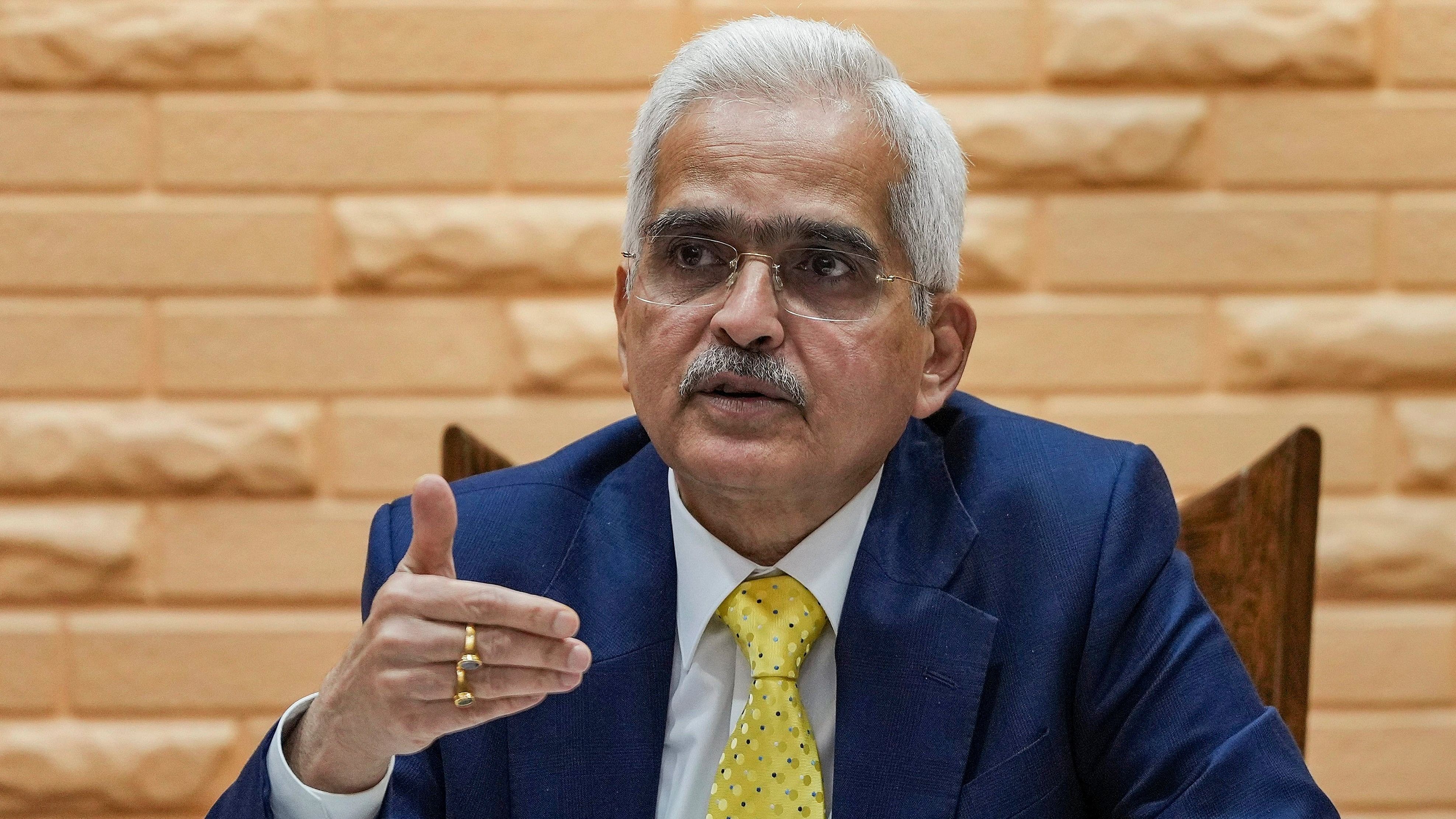
Reserve Bank of India (RBI) Governor Shaktikanta Das
Credit: PTI Photo
New Delhi: Reserve Bank Governor Shaktikanta Das on Monday made a case for reducing time and cost of overseas remittances, which are important for developing economies including India.
According to the World Migration Report 2024 released by the International Organisation for Migration (IOM), India's remittances surged to $111 billion last year, surpassing all other nations.
As per the Bank of England projection, the value of global cross-border payments is estimated to surpass $250 trillion by 2027.
The significant volume of crossborder worker remittances, the growing size of gross flows of capital, and the increasing importance of cross-border ecommerce have acted as catalysts to this growth, he noted.
"Remittances are the starting point for many emerging and developing economies, including India, to explore cross-border peer-to-peer (P2P) payments. We believe there is immense scope to significantly reduce the cost and time for such remittances," Das said in his keynote address at the conference on 'Central Banking at Crossroads'.
Besides, he said, the feasibility of expanding real-time gross settlement (RTGS) to settle transactions in major trade currencies such as dollar, Euro and Pound can be explored through bilateral or multilateral arrangements.
India and a few other economies have already commenced efforts to expand linkage of crossborder fast payment systems both in the bilateral and multilateral modes, he said.
These include Project Nexus, a multilateral international initiative to enable instant crossborder retail payments by interlinking domestic Instant Payment Systems (IPSs) of four ASEAN countries (Malaysia, Philippines, Singapore, and Thailand) and India.
Under bilateral arrangements, cross-border payment linkages have already been established by India with Singapore, UAE, Mauritius, Sri Lanka, Nepal, etc.
The Central Bank Digital Currency (CBDC) is another area which has the potential to facilitate efficient cross-border payments, he added.
On November 1, 2022, the RBI started the wholesale pilot of CBDC for settlement in government bonds. A month later, the pilot of the retail CBDC kicked off.
Going forward, he said, harmonisation of standards and interoperability would be important for CBDCs for cross-border payments and to overcome the serious financial stability concerns associated with cryptocurrencies.
"A key challenge could be the fact that countries may prefer to design their own systems as per their domestic considerations. I feel we can overcome this challenge by developing a plug-and-play system that allows replicability of India's experience while also maintaining the sovereignty of respective countries," he said.
Talking about the risk of digitisation, the RBI Governor said, in the modern world with deep social media presence and vast access to online banking with money transfer happening in seconds, rumours and misinformation can spread very quickly and can cause liquidity stress.
Banks have to remain alert in the social media space and also strengthen their liquidity buffers, he said.
The RBI Governor also raised concerns over misuse of Artificial Intelligence in the banking space saying it could lead to more cyber attacks and data breaches.
"Banks and other financial institutions must put in place adequate risk mitigation measures against all these risks. In the ultimate analysis, banks have to ride on the advantages of AI and Bigtech and not allow the latter to ride on them," he said.
Observing that the global economy is more financially integrated than ever before, Das said, the divergence in global monetary policies -- monetary easing in some economies, tightening in a few, and pause in several other economies -- can be expected to lead to volatility in capital flows and exchange rates, which may disrupt financial stability.
Private credit markets have expanded rapidly with limited regulation, he said, adding, they pose significant risks to financial stability, particularly since they have not been stress-tested in a downturn.
Higher interest rates, aimed at curtailing inflationary pressures, have led to increase in debt servicing costs, financial market volatility, and risks to asset quality, he said.
Stretched asset valuations in some jurisdictions could trigger contagion across financial markets, creating further instability, he added.
Stressing that central banks must remain vigilant, adaptable, continuously assess risks and build resilience, he said, they should remain prepared to navigate complex challenges, support sustainable growth, maintain price stability and promote sound and vibrant financial systems.